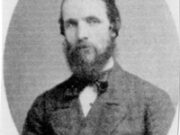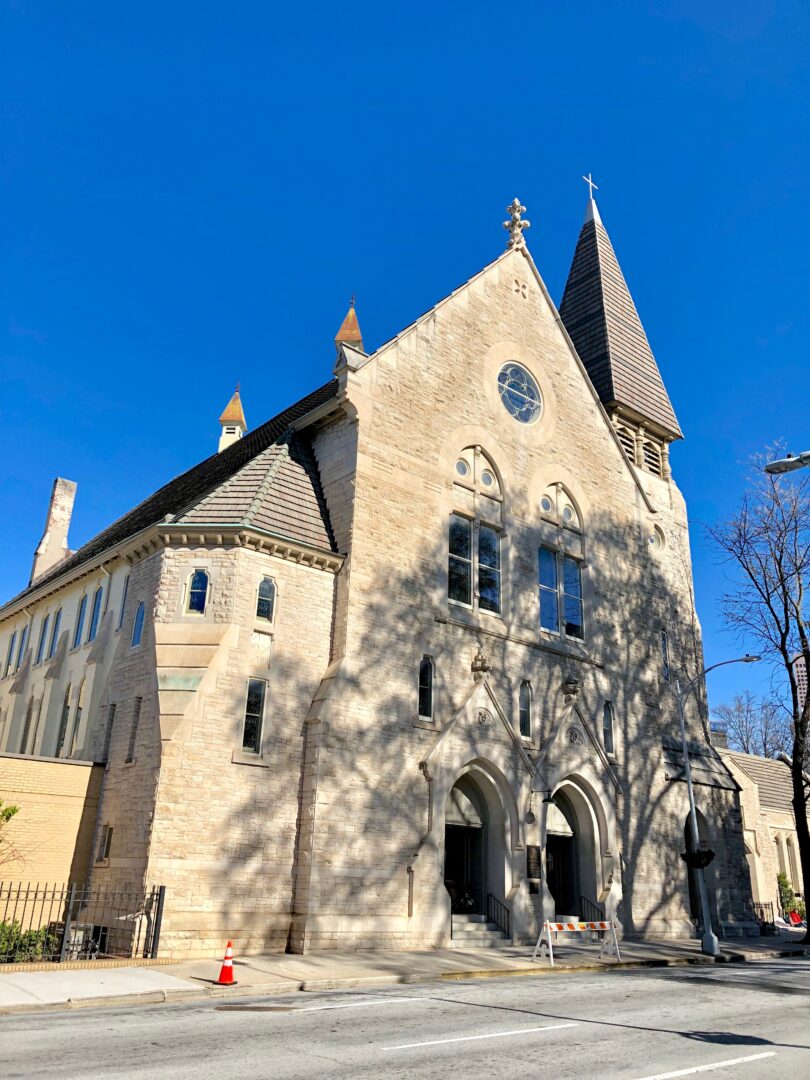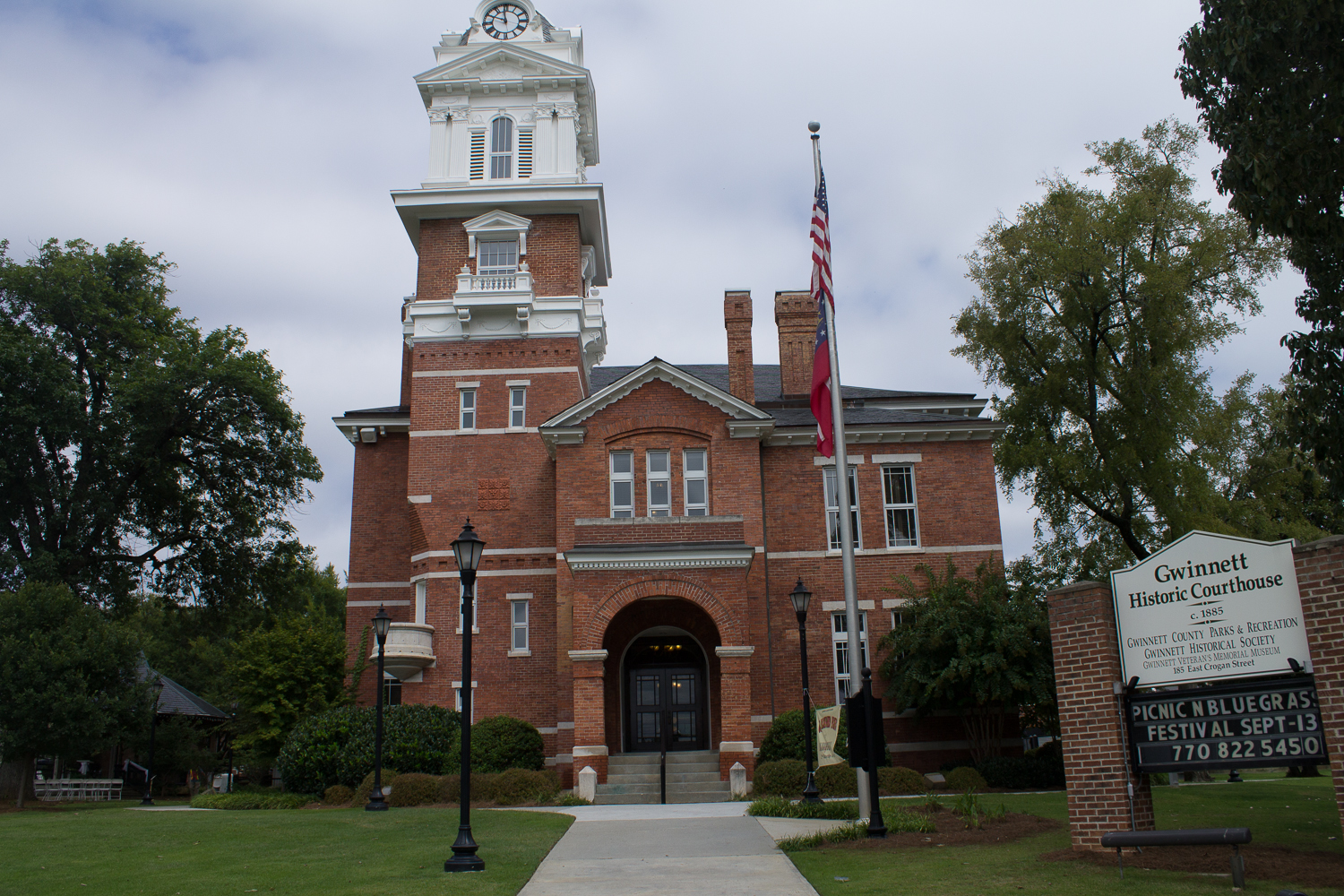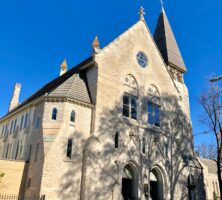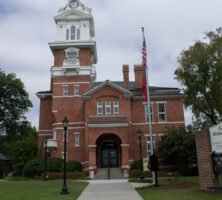Edmund George Lind was one of the few nationally prominent architects to practice in Georgia during the early Victorian era. Born and trained in England, he was a leading figure in the increasingly important American Institute of Architects (AIA). Through his writing, design work, and support of professional organization, he played a significant role during his stay in the state from 1882 to 1893.
Arriving in the United States in 1855, Lind first established himself in Baltimore, Maryland, where he designed many major structures, including the Peabody Institute Library. With large commissions in Washington, D.C., he subsequently served as assistant supervising architect for the United States during the administration of U.S. president Ulysses S. Grant. Made a fellow of the AIA in 1870 (he had been a member since 1857), he went on to found and serve as president of the Baltimore Chapter and then as vice president of the national organization on two occasions.
Transferring his practice to Atlanta in 1882, Lind became an elder statesman for architecture in the emerging New South. His practice ranged from simple textile mill housing for the Fulton Bag and Cotton Mill to grand Peachtree Street mansions, factories, libraries, commercial buildings, and churches. With commissions across the state and in North Carolina, Lind’s greatest building was the English Gothic–style Central Presbyterian Church in Atlanta (1884). He also designed the Gwinnett County Courthouse in Lawrenceville, the Mary Willis Library in Washington, and the Milton Candler House in Decatur.
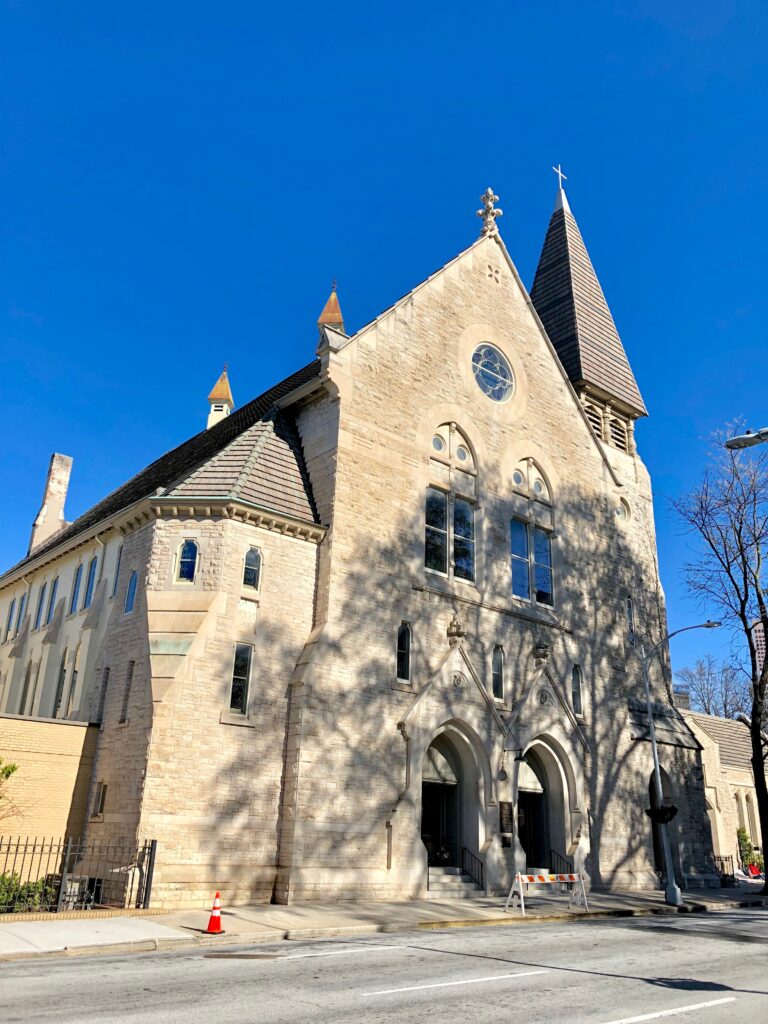
Image from Warren LeMay
Often appalled at the architectural excesses of the time, this transplanted Englishman wrote numerous articles for the American Architect and Building News as well as the new Georgia-based Southern Architect. He espoused less ornamentation and greater simplicity of design for all buildings but especially for private residences. In the 1890s he actively promoted the creation of a southern chapter of the AIA, which was duly established in 1892 with Lind taking an active organizational role.
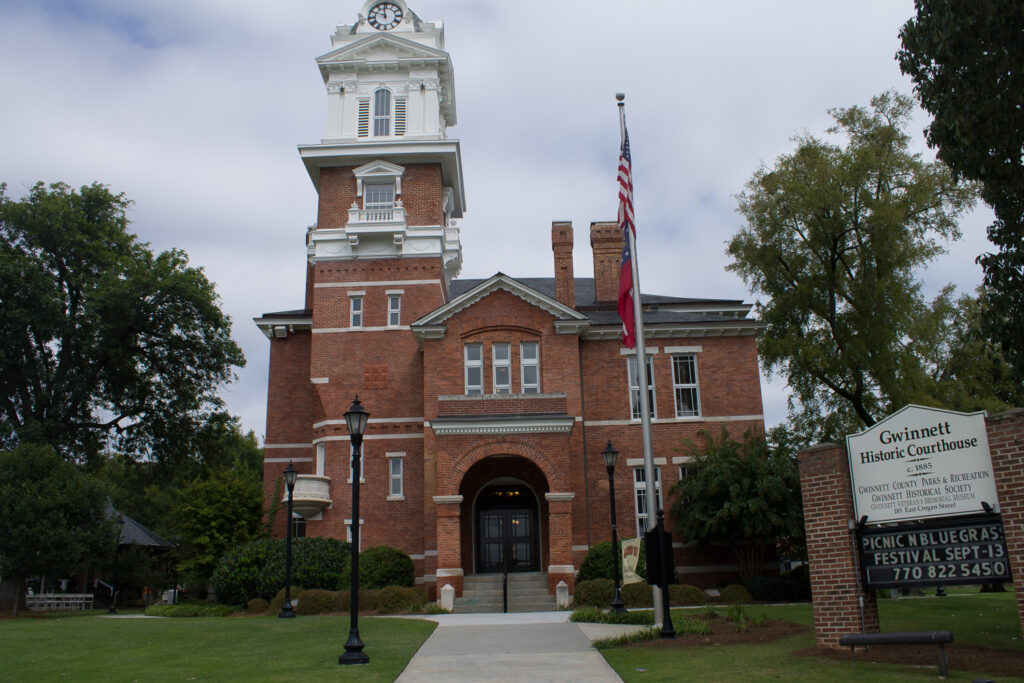
Courtesy of Don Bowman
Following the severe nationwide economic depression of 1893 and the loss of two major commissions, Lind retired to Baltimore. Then in his mid-sixties, he continued to practice on a limited basis. He died in 1909.


